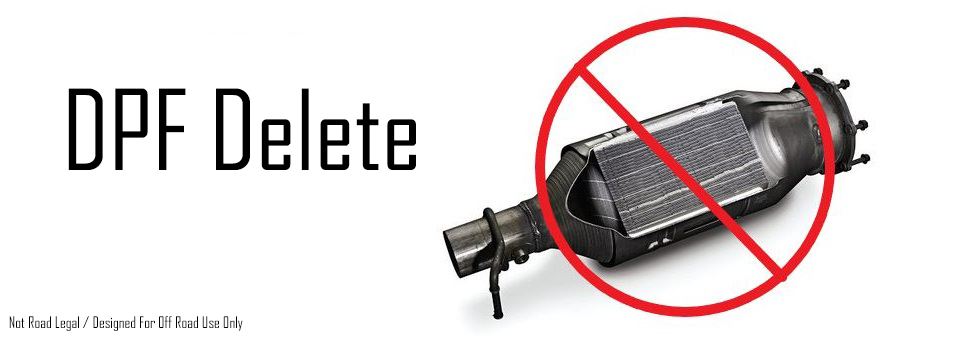When it comes to enhancing the performance of diesel vehicles, DPF delete remap has become a popular option. But what exactly is the science behind this process, and how does it work? In this article, we’ll delve into the mechanics of DPF delete remap and explore the science behind its operation.
Understanding DPF Delete Remap:
Before diving into the science behind DPF delete remap, it’s essential to understand what DPF (Diesel Particulate Filter) is and why it’s used in diesel vehicles. DPF is a filter designed to capture and trap harmful particulate matter emitted by diesel engines. While DPF plays a crucial role in reducing emissions, it can also lead to performance issues over time, such as reduced engine power and increased fuel consumption. DPF delete remap aims to address these issues by modifying the engine’s electronic control unit (ECU) to bypass or remove the DPF system altogether.
How DPF Delete Remap Works:
DPF delete remap works by reprogramming the ECU to alter the engine’s operating parameters, specifically those related to the DPF system. This involves adjusting fuel injection timing, air-fuel ratio, and other engine parameters to optimize performance without the constraints imposed by the DPF system. Additionally, the remapping process may involve physically removing the DPF filter from the exhaust system and installing a straight-through exhaust pipe to bypass exhaust gases directly into the atmosphere.
The Science Behind the Modifications:
The science behind DPF delete remap lies in optimizing the combustion process within the diesel engine. By adjusting engine parameters such as fuel injection timing and air-fuel ratio, remapping aims to improve combustion efficiency and reduce the production of harmful emissions. Removing the DPF filter further enhances exhaust flow and reduces back pressure, allowing the engine to operate more freely and efficiently.
Effects on Engine Performance:
One of the primary goals of DPF delete remap is to improve engine performance. By optimizing combustion and increasing exhaust flow, remapping can result in significant gains in horsepower and torque, as well as improved throttle response and overall drivability. Additionally, removing the restrictive DPF filter can lead to better engine breathing and reduced turbo lag, further enhancing performance characteristics.
Impact on Emissions:
While DPF delete remap may offer performance benefits, it’s essential to consider its impact on emissions. By bypassing or removing the DPF system, DPF deletes remap can increase the emissions of particulate matter and other pollutants, potentially leading to higher levels of air pollution. As such, it’s crucial for vehicle owners considering DPF delete remap to weigh the performance benefits against the potential environmental consequences and ensure compliance with local emissions regulations.
Legal Considerations:
Another aspect to consider when contemplating DPF delete remap is the legality of the modification. In many regions, tampering with emissions control systems such as DPF is illegal and may result in fines or penalties. Vehicle owners need to familiarize themselves with local regulations regarding emissions control devices and seek guidance from reputable automotive professionals before proceeding with the DPF delete remap.
Final Thoughts:
In conclusion, the science behind DPF delete remaps involves optimizing engine performance by reprogramming the ECU and removing the restrictive DPF filter from the exhaust system. By adjusting engine parameters and enhancing exhaust flow, remapping can lead to significant gains in horsepower, torque, and overall drivability. However, vehicle owners must consider the potential environmental impact and legal implications of DPF delete remap before proceeding with the modification. Consulting with knowledgeable automotive professionals and adhering to local regulations can help ensure a safe and responsible approach to enhancing diesel engine performance through DPF delete remap.











Leave a Reply